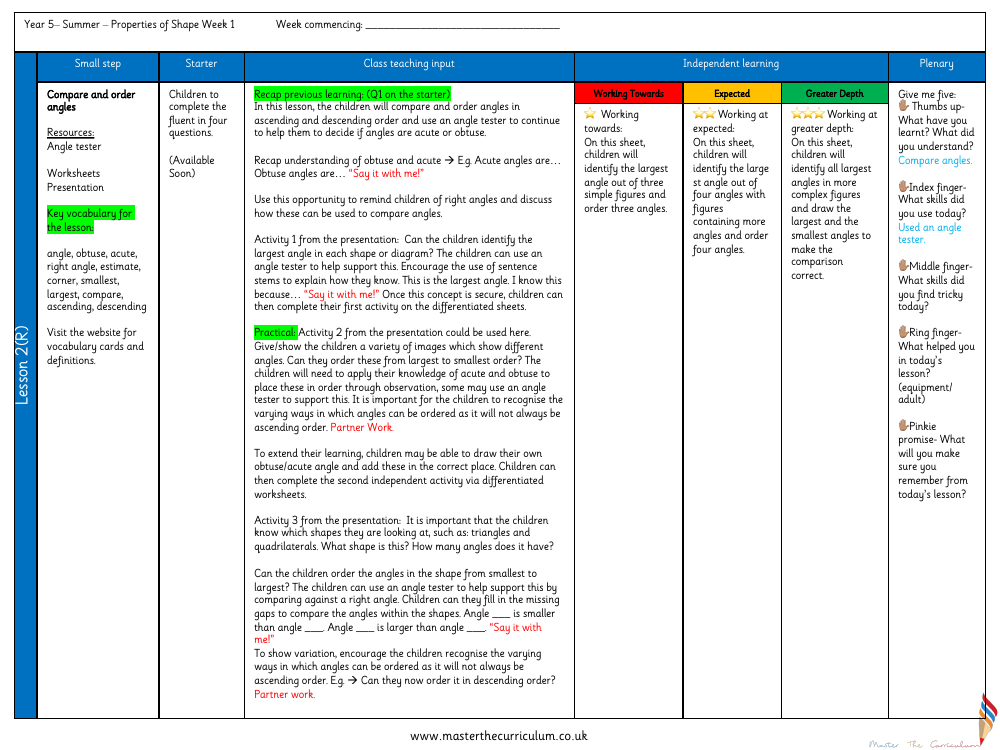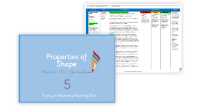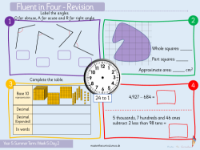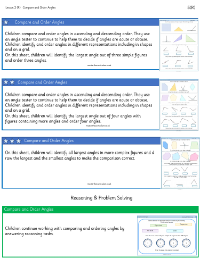Properties of Shape - Compare and Order Angles - Planning

Maths Resource Description
In the Year 5 summer term lesson focused on the Properties of Shape, students embark on a journey to understand how to compare and order angles. The lesson utilises an angle tester, worksheets, and a presentation to facilitate learning. Key vocabulary such as 'angle', 'obtuse', 'acute', 'right angle', and terms associated with ordering, like 'ascending' and 'descending', are introduced. The lesson begins with a recap of what constitutes acute and obtuse angles, using interactive repetition to cement the definitions. Students then use the angle tester to identify the largest angle within various shapes and diagrams, employing sentence stems to articulate their reasoning. The practical component involves children ordering a variety of angles from largest to smallest, with the option to extend learning by drawing and correctly positioning their own angles. Differentiated worksheets support independent learning, while the plenary ensures understanding of comparing angles within shapes, using the angle tester to discern relative sizes.
The subsequent activity delves deeper into reasoning, where children examine given angles to determine the odd one out, explaining their thought process with a partner. This activity promotes the application of their knowledge in identifying and ordering angles. Key questions prompt students to consider the shapes, the number of different types of angles present, and the use of an angle tester to aid in ordering. The lesson also addresses common misconceptions, such as confusion over angle types due to orientation, distinguishing between ascending and descending order, and the misconception that longer lines indicate larger angles. Through differentiated worksheets, students are encouraged to work towards expected levels and beyond, identifying the largest angles in simple to complex figures and ordering them appropriately, ensuring a comprehensive understanding of comparing and ordering angles.




